I have used air coolers for the majority of my PC building journey, only switching to liquid cooling as recently as 2022. Well, it turns out AIO liquid coolers aren't universally better than air coolers, not even in the performance department. Sure, if you compare the best liquid coolers on the market against the best air coolers, liquid cooling will win, but the average user doesn't need the best and most high-end coolers.
Budget air coolers are not only powerful enough to cool most CPUs, but they're also easier to work with and don't really hurt the looks of your build. So, I've made it a point to stick with air cooling for all my future builds.
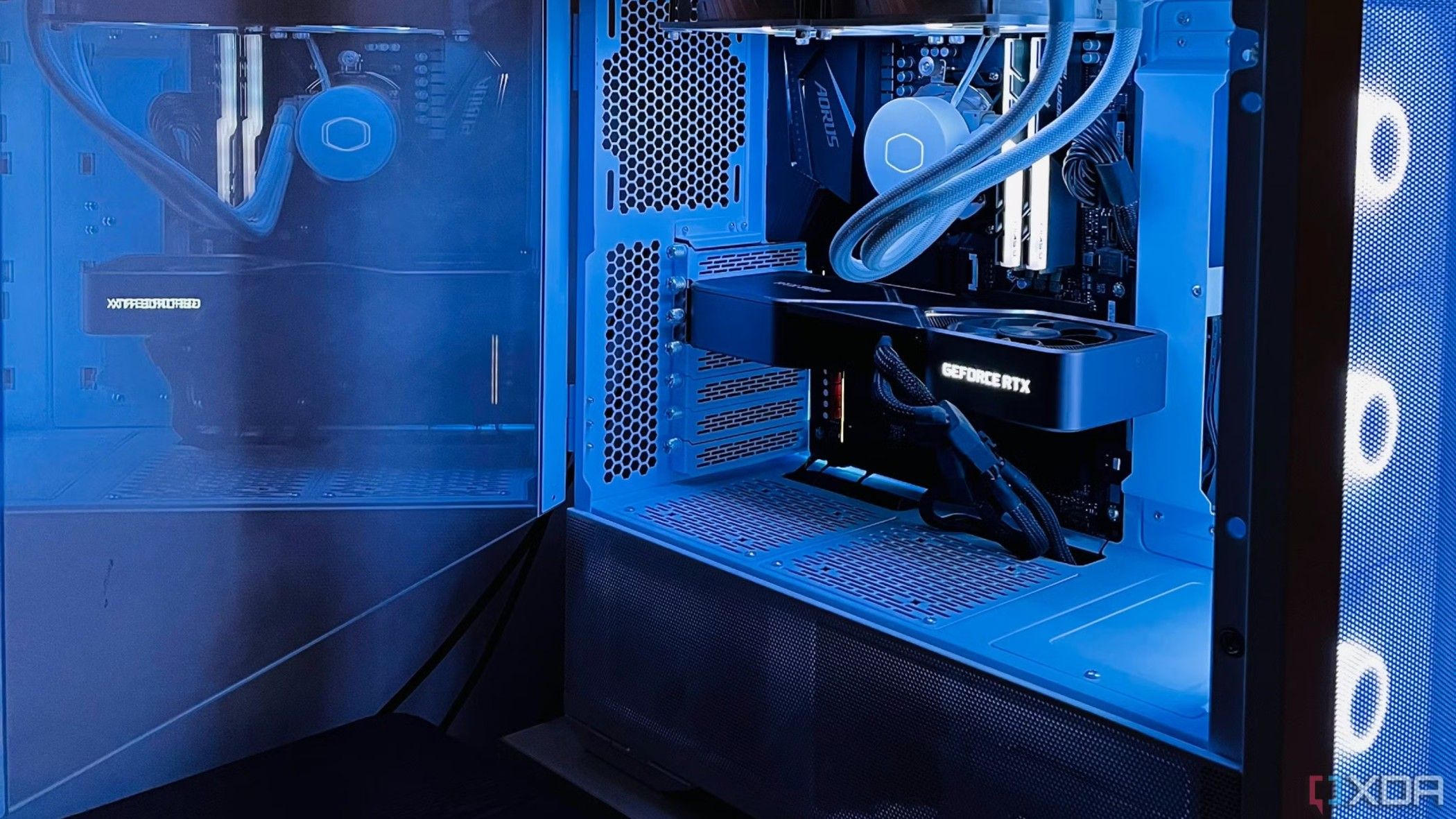
Related
Switching from an air cooler to an AIO wasn't the upgrade I expected
The upgrade from an air cooler to an AIO liquid cooler was a hollow one
4 Air coolers can handle almost anything
They're not as tame as you might think
Perhaps the biggest worry PC builders have is the cooling prowess of an air cooler vs. a liquid cooler. When you see chips like the Ryzen 9 9950X or Core i9-14900K using 360mm AIO coolers, it's natural to assume that liquid coolers are always better. The thing is, however, only high-end chips require liquid cooling; every other CPU is just fine with a decent air cooler.
Whether you're worried about load temps, noise, or fan speeds, air coolers are not "worse" than liquid coolers. For the majority of users installing 6-core and 8-core CPUs in their builds, air cooling is more than sufficient. You don't really have to worry about higher idle temps with modern chips; they're designed to run hot.
Even if you're contemplating a high-end gaming build, you won't need a high-end CPU to power it. And most air coolers are capable of handling up to 250W of CPU load, so you're not risking anything by foregoing liquid cooling. I'm not going to be using anything other than a 6-core chip in the future, so a quality air cooler is just what I need.
3 They're much easier to work with
Why put up with more hassle?
Your liquid cooler might never have died on you, but AIOs still have more points of failure compared to air coolers. Many of my colleagues at XDA have had liquid coolers dry out or had their pumps fail before the warranty expired. In contrast, air coolers keep on soldiering through for years and years before something goes wrong. And even when it does, replacements are far easier.
Even installing an air cooler involves less hassle than putting up with a liquid cooler. If I don't really need the extra performance of an AIO, why not pick a simpler air cooler and call it a day? Air coolers don't have pumps, radiators, and tubes pushing liquid through your PC. The risk of failure as well as damage to the components is less, and maintaining the cooler isn't a concern. I agree that liquid coolers have become more reliable over the years, but air coolers are still the safer and simpler option.
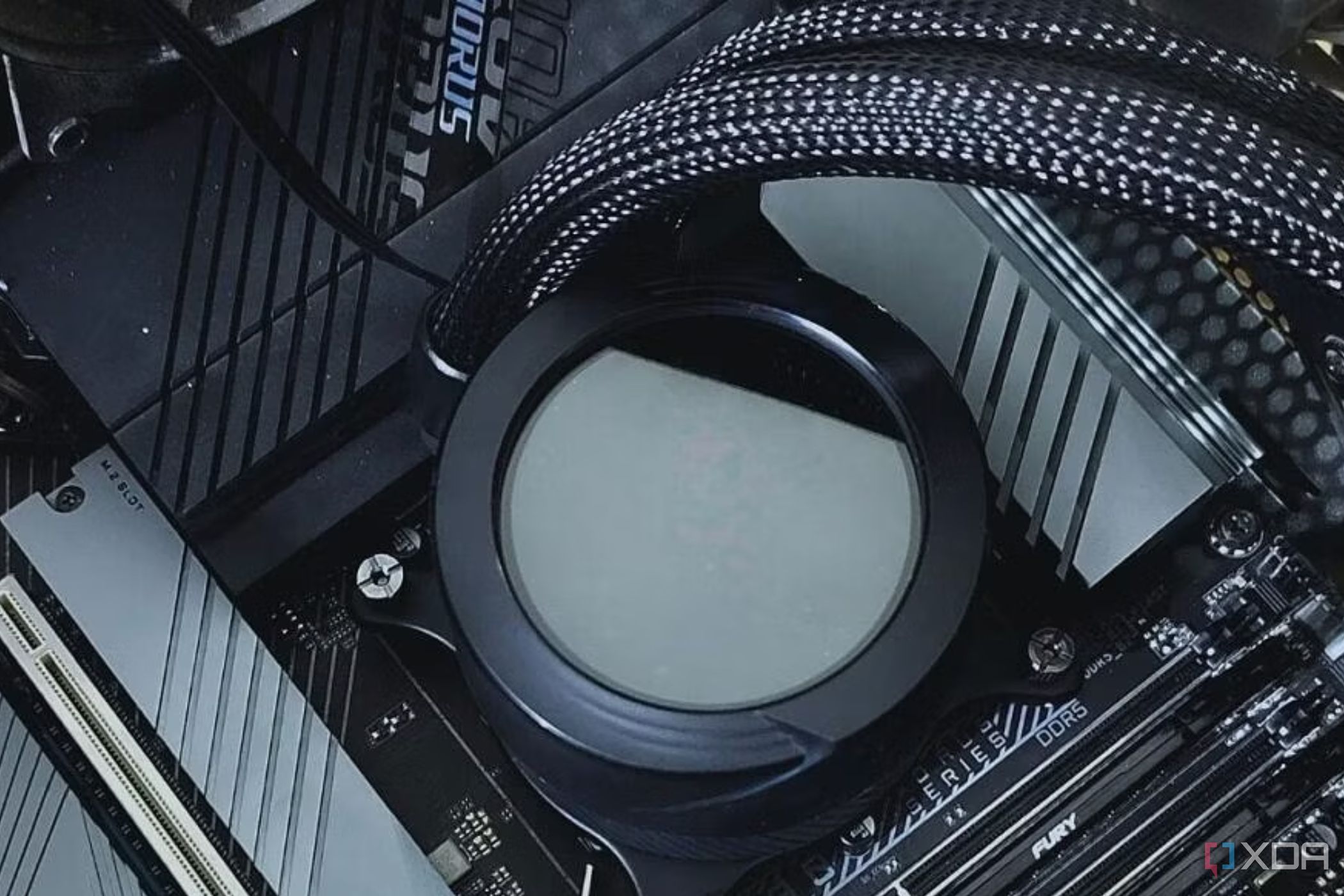
Related
4 easy mistakes to make when installing a CPU cooler
Installing your CPU cooler is one of the trickiest parts of a PC build. Here are some of the most common mistakes we all make when installing them.
2 I don't mind the esthetics
You don't have to sacrifice anything
I switched to an AIO liquid cooler partly because I wanted a better-looking build, but the reality was a little disappointing. The huge fans attached to the radiator and the dual tubes running over the memory sticks still obstruct parts of the PC from view, which is something I always fear when using massive air coolers. However, you don't have to use the largest air coolers on your build; you can make do with sleeker options without losing performance.
We have many great-looking air coolers on the market, especially from be quiet!, Thermalright, and ID-COOLING, which aren't even expensive. So, even if the esthetics are a sticking point for you, liquid cooling isn't the only option. Sure, looks are subjective, and you might prefer an AIO over an air cooler, but the point is that it's easy to craft a great-looking build with a classy air cooler that has RGB lighting or displays if you want.
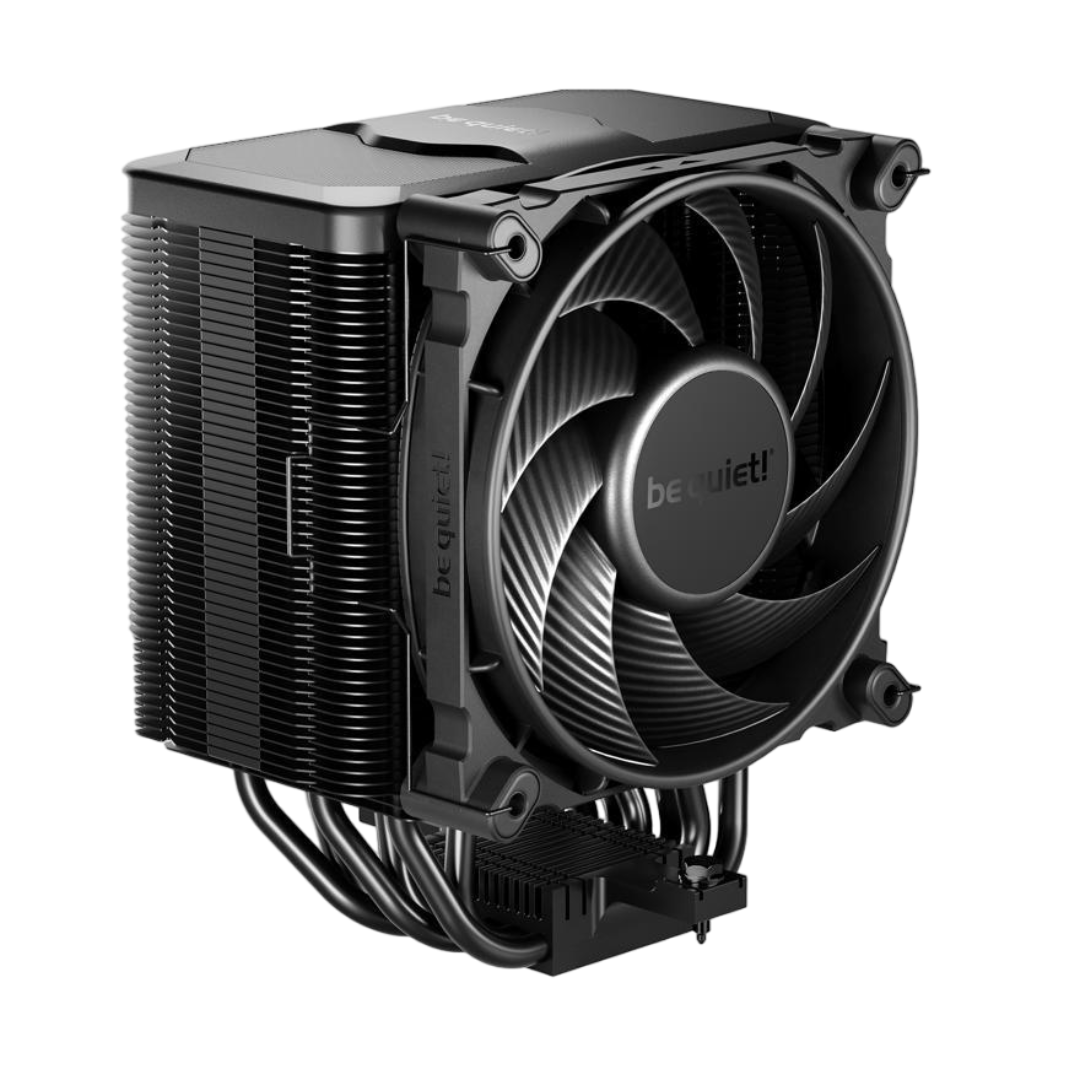
The be quiet! Dark Rock 5 is the more affordable of the three new CPU coolers from the German brand. It's powerful, easy to install, and runs like a dream even with more power-hungry AMD and Intel processors.
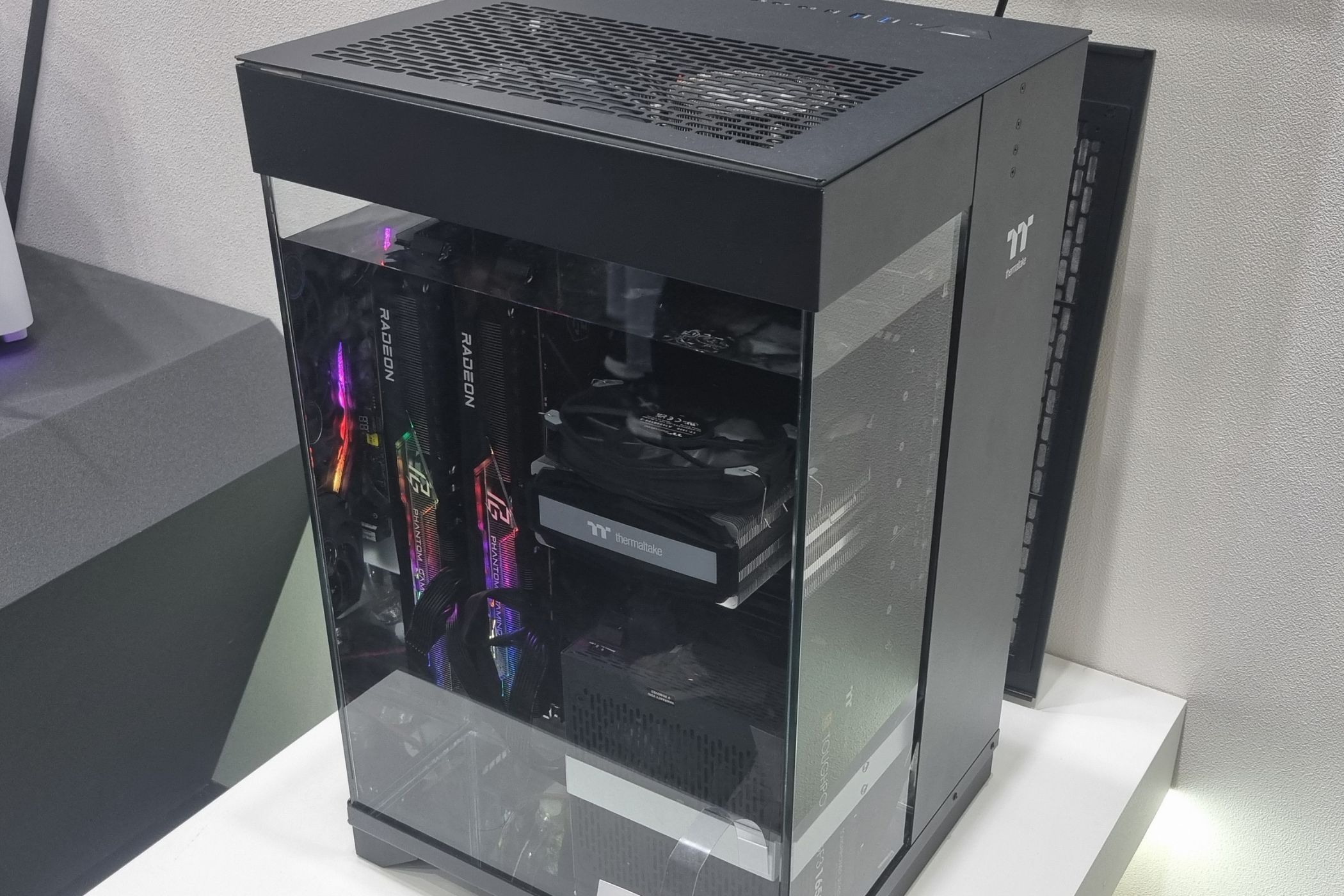
Related
5 unique ways to cool your PC without liquid cooling
AIOs and custom watercooling loops might be cool, but why don't you try something that stands out?
1 Great air coolers can get really cheap
The value is insane
You might have heard of the Thermalright Peerless Assassin or the Phantom Spirit, both of which offer excellent cooling performance for the price. For under $40, they can cool almost anything without a sweat — that's phenomenal value. Air coolers like these perform better than many 240mm AIO coolers, making them the perfect choice for budget as well as mid-range builds. Fans of RGB lighting and displays can also get quality models at more or less the same price.
And you can go even cheaper — $20 to $25 — if the budget is really tight, and still get great performance out of your cooler. For these shockingly low prices, these air coolers are mighty impressive, and you don't need to deal with complicated installation or risk of failure. If you're building an ultra-budget PC, you don't need to stick with the stock cooler — quality air cooling is for everyone.
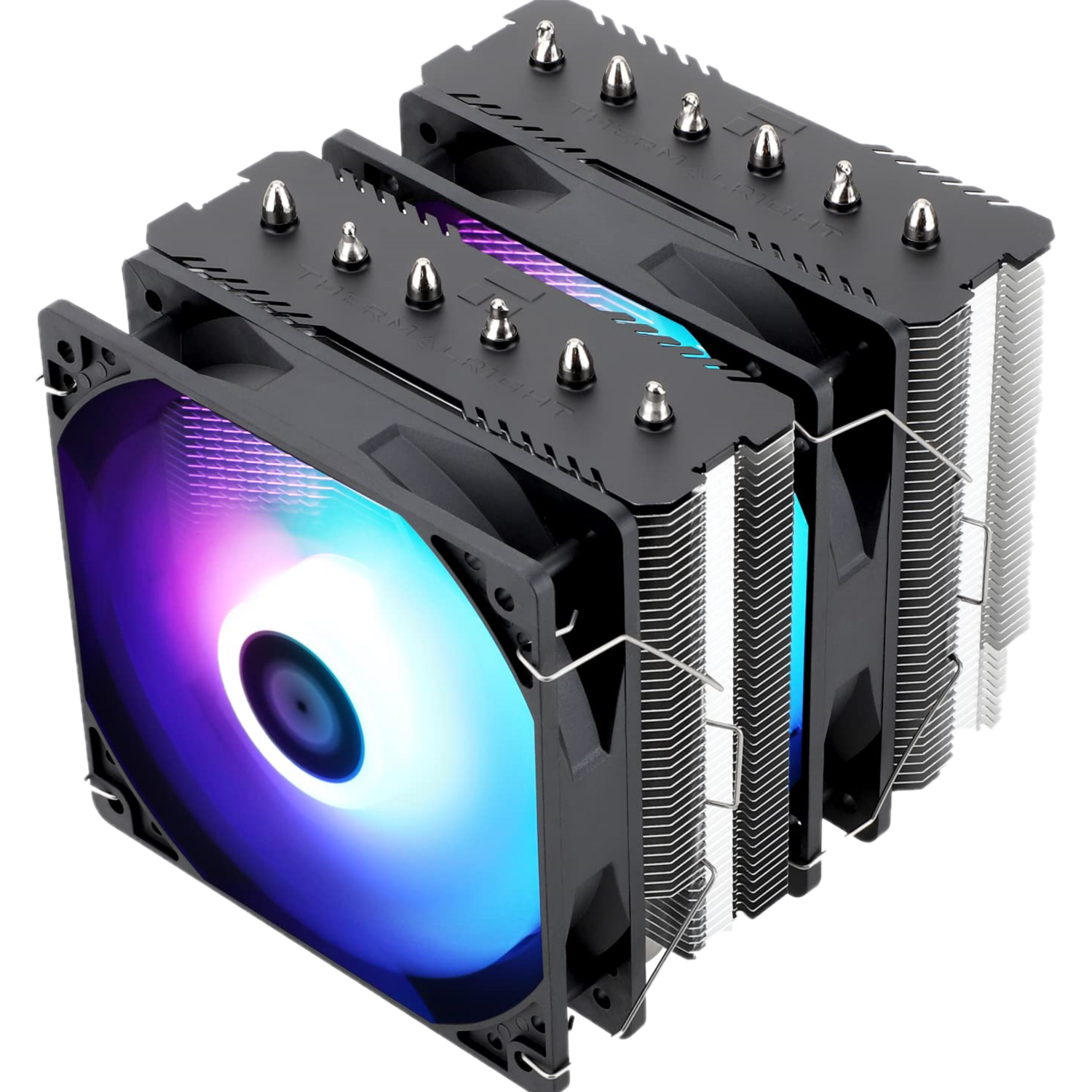
Thermalright's Peerless Assassin 120 SE ARGB is a beefy but highly capable cooler at an unbelievable price. It features RGB lighting and can handle loads of up to 265W.
I've had my fill of liquid cooling
For each of my future builds, I'm sticking with air cooling unless there's a strong reason to pick a high-end, expensive CPU. Gaming still doesn't need more than 6 cores, and even 8-core CPUs can be effectively cooled by air coolers. They're cost-effective, offer fantastic performance, are easy to install, and many of them look great on a motherboard. AIO liquid coolers aren't going anywhere, but at this point, they're only necessary for high-end CPUs and for situations where you prefer that esthetic.
.png)
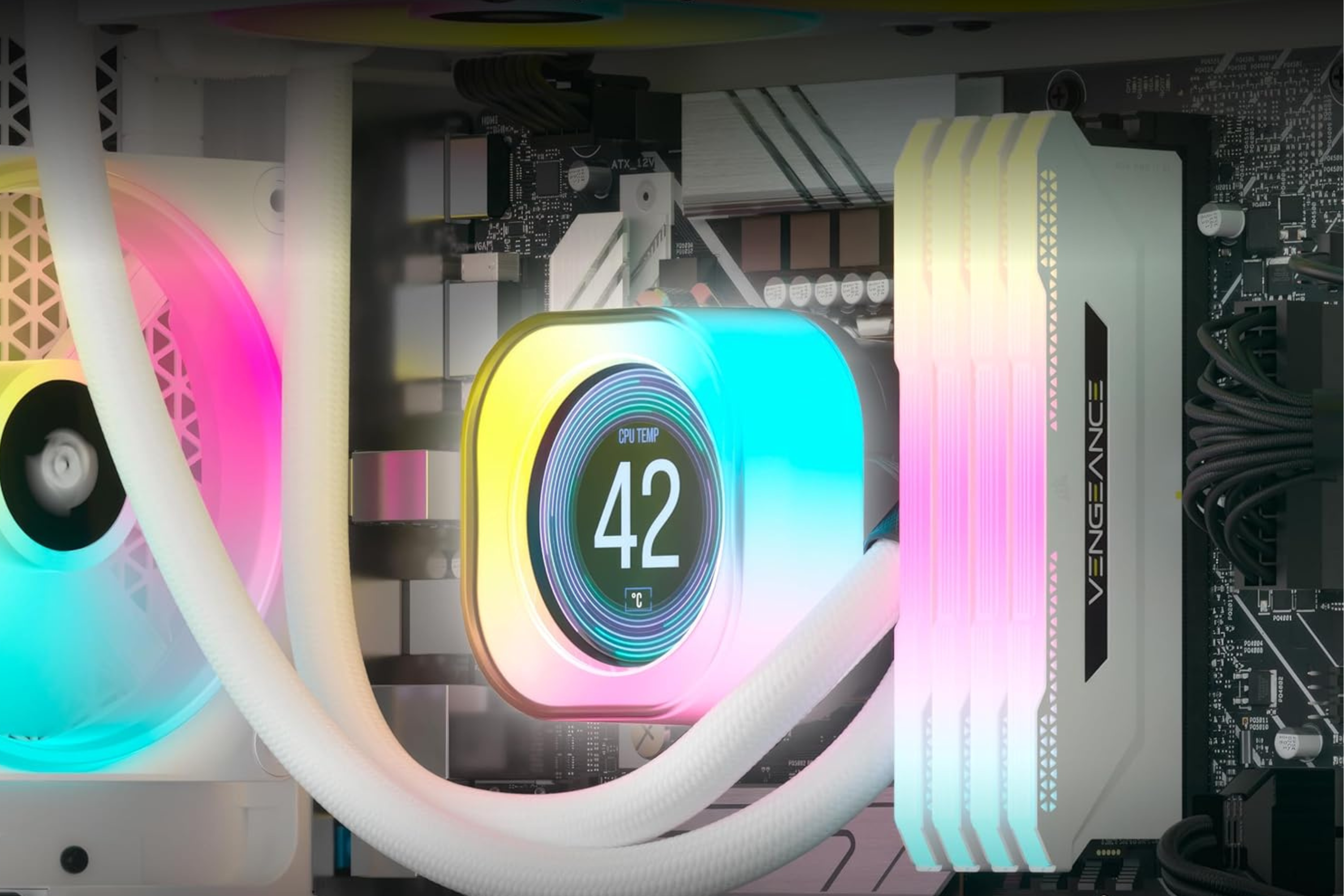
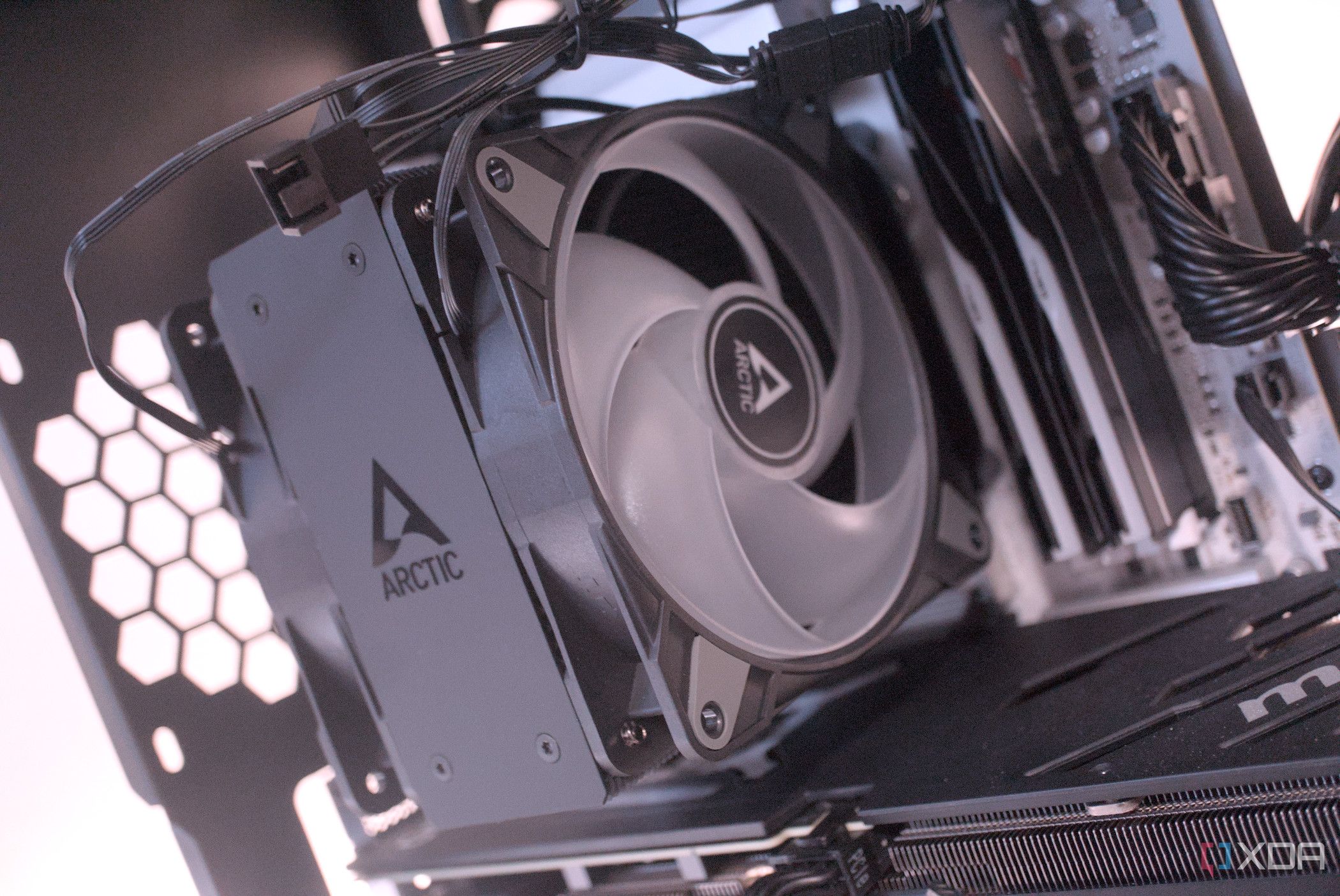
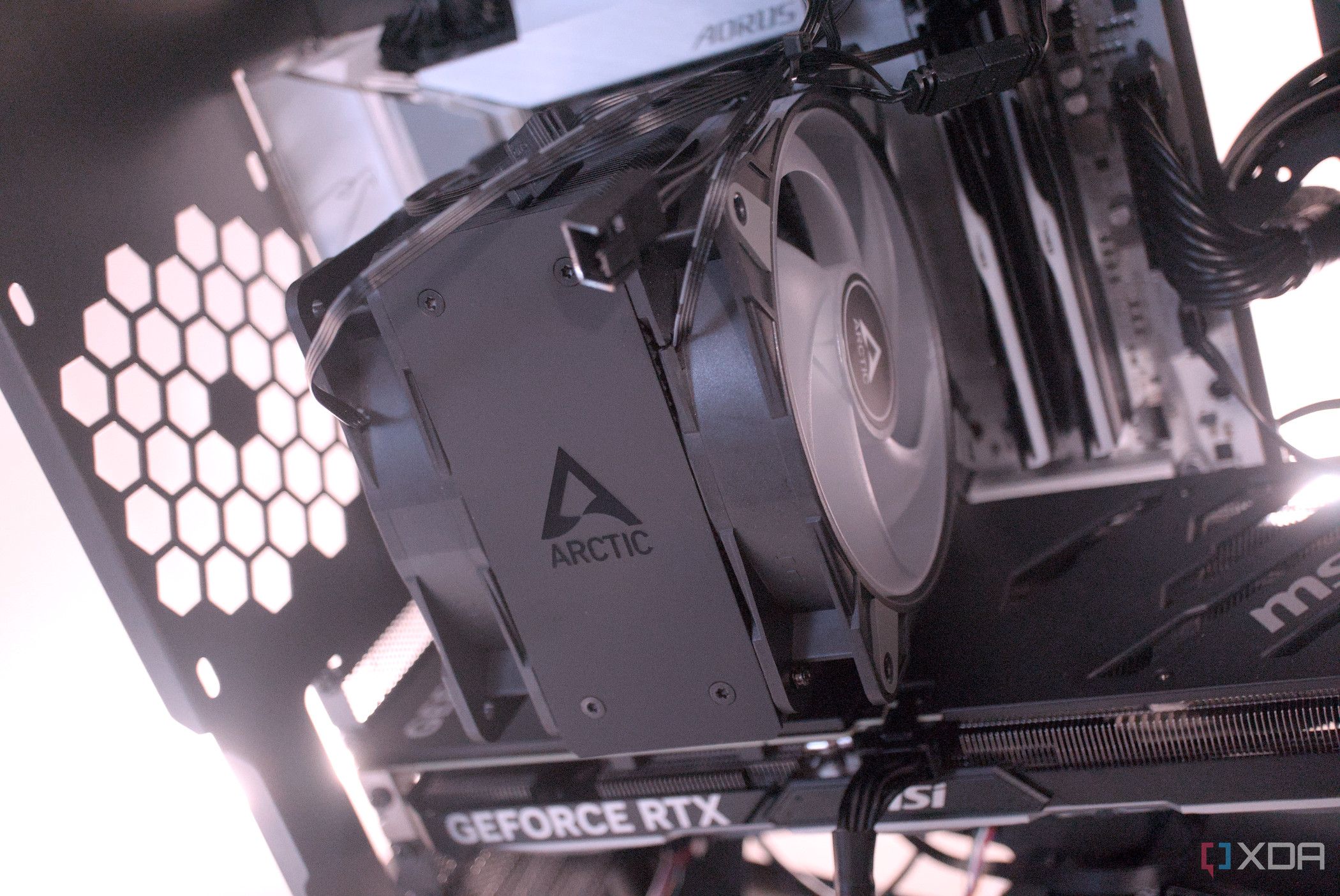










 English (US) ·
English (US) ·